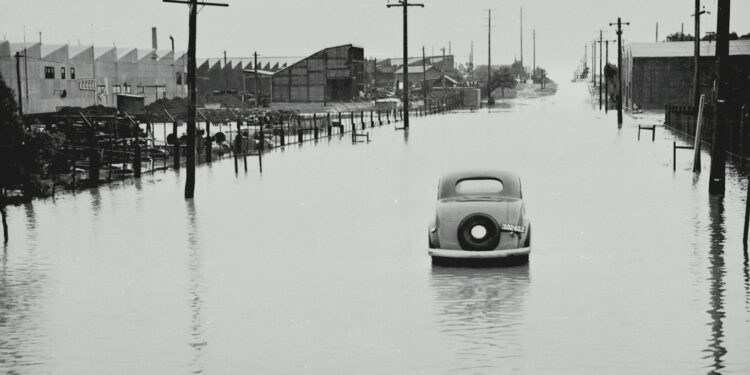Which locations are most vulnerable to flooding?
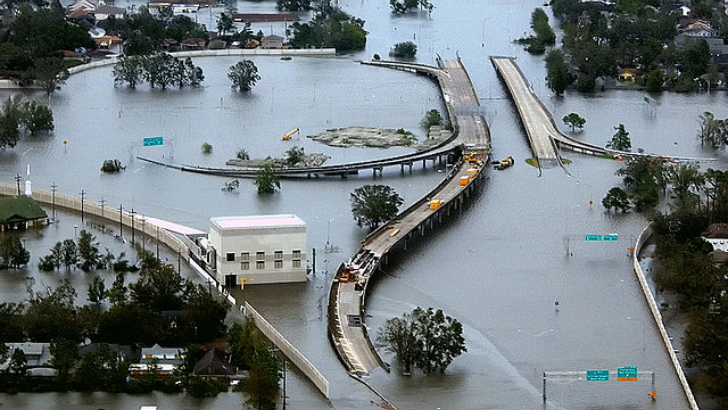
All of the above
People in the path of a hurricane.
People in areas with a lot of paved surfaces and storm drains.
Farm lands with rivers.
If you live in an area where flooding is a possibility, you should do everything EXCEPT this to prepare.
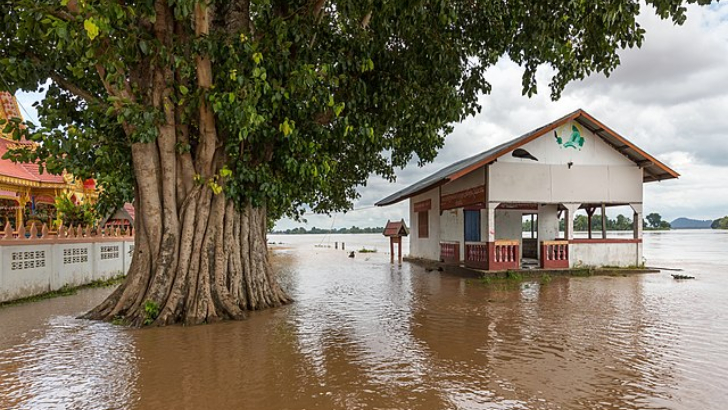
You should do all of these things to prepare.
Set aside a weeks worth of supplies including water, food, flashlights, and a battery powered radio.
Gas up your car before any storm in case you need to evacuate.
Ensure that your emergency preparedness plan is available to and understood by your entire family.
What is the most effective way to communicate in a crisis?
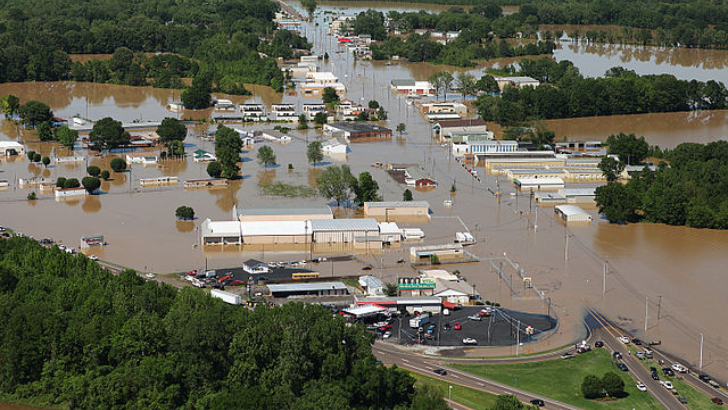
Smoke signal
Satellite Phone
None of the above
Walkie talkie or CB radio
Which is the safest location to seek refuge in when a flash flood occurs?
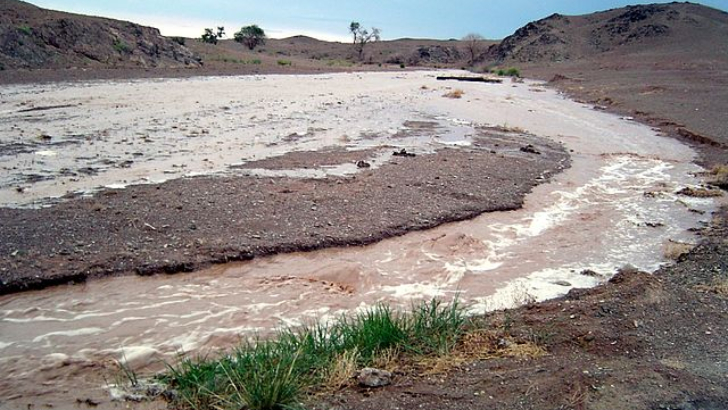
A large oak tree nearby.
The closest high ground.
Your next-door neighbor’s house.
Don’t panic, do nothing until you see the full extent of the flood.
When is it alright to return home?
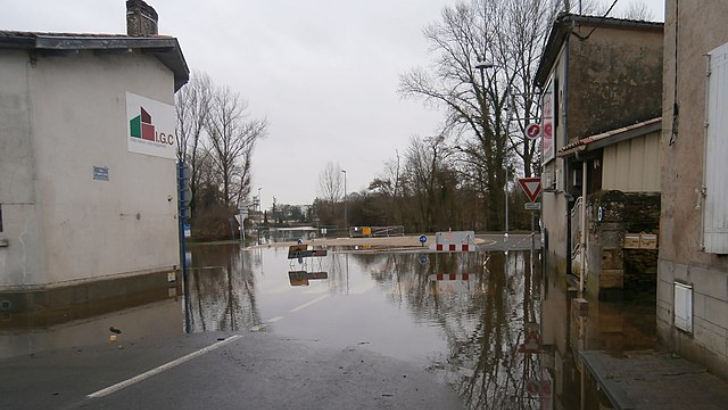
2 to 3 days after the storm.
When authorities say it is safe.
Once the waters have receded from your dwelling place.
Only within two weeks.
What should you do if a flash flood warning comes while your child is at school?
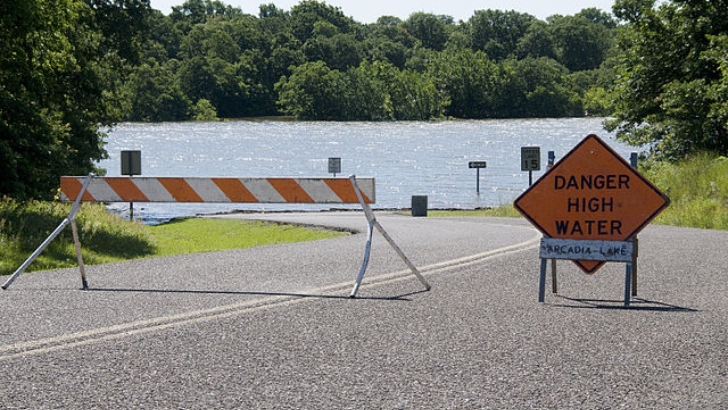
Proceed to higher ground leaving your child at school.
Get in your car and drive over to the school.
Since the car might not be secure, head over to the school by foot.
Call a friend close by the school and have them get your child.
Your car is stuck in the middle of the water after you attempted to cross it with it, but the water isn’t moving. Now, what do you do?
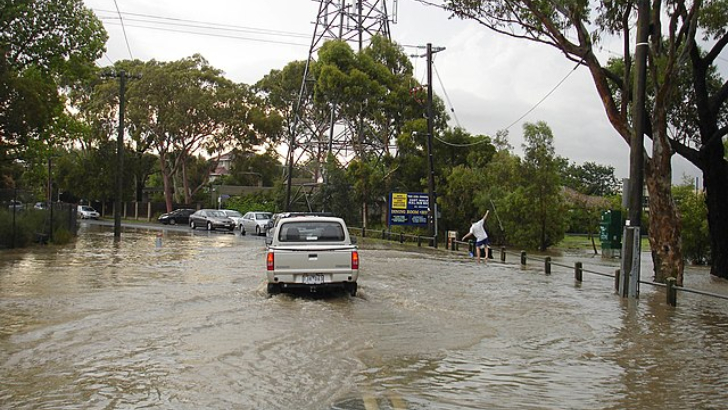
None of the above
Keep honking your horn until someone comes to your aid. It is not safe to leave the car unattended.
Abandon the car and find higher ground.
Stay put and hope for the best.
You get caught off guard by a flash flood. Although it hasn’t reached your doorstep, water is starting to fill the streets. What would you do?
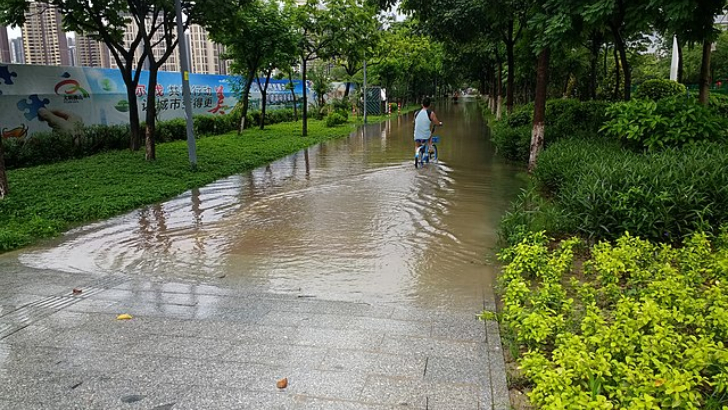
Call 911.
Put on your mud boots and make your way away from the danger.
Turn off your utilities: electrical breakers, water, oil and/or gas. Then seek higher ground!
Jump in your car and get to higher ground.
A good preparedness strategy includes having an emergency kit or bug-out bag ready before a disaster occurs. What component of that kit is not necessary?
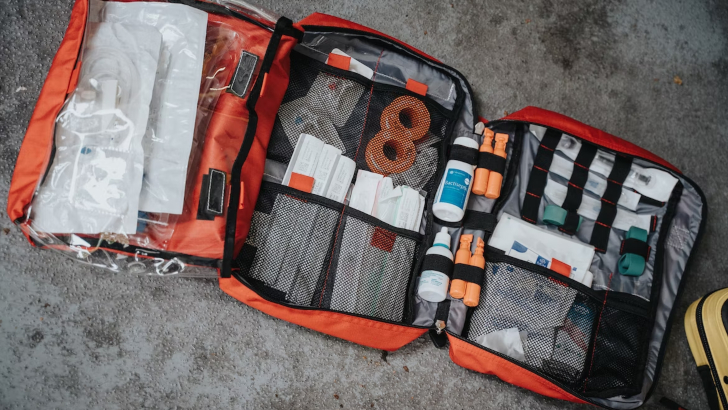
One gallon of water for each person in your party.
A flashlight and extra batteries.
A First aid kit.
Money.
What should you do after a flood once you get home?
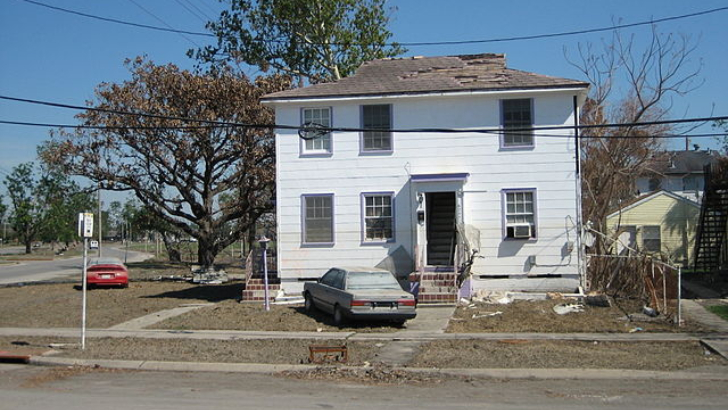
Use outdoor grilling because using cooking surfaces inside is unsafe.
Tear down the house and start over.
Take pictures of the damage.
Clean the surroundings
What should you do if power lines are down in a flood-prone area?
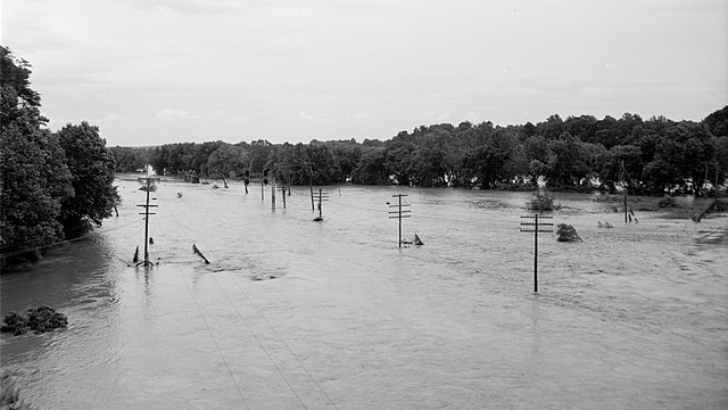
Move swiftly until your past the downed power lines.
Your safe enough if you’re wearing rubber boots.
Keep your distance and turn back immediately.
Try to find surfaces to climb on that will get you over the downed power lines.
What should you do right away if you think there might be flooding?
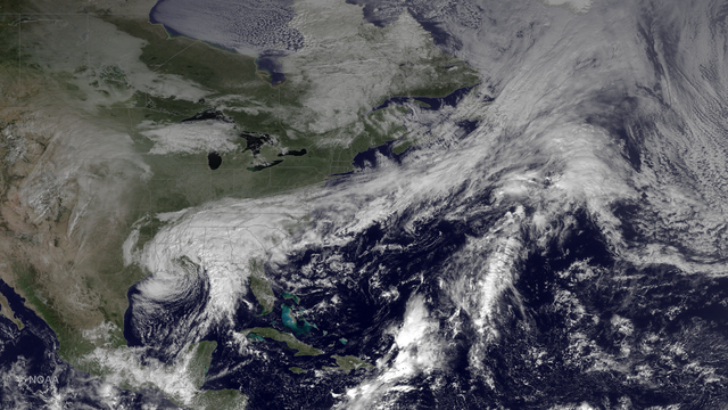
Seek more information by turning on your TV or radio.
Build a life raft.
Get in your car and drive north.
Call your loved ones or friends.
How do you make the water safe to drink if you’re stranded by flood waters and don’t have anything else to drink?
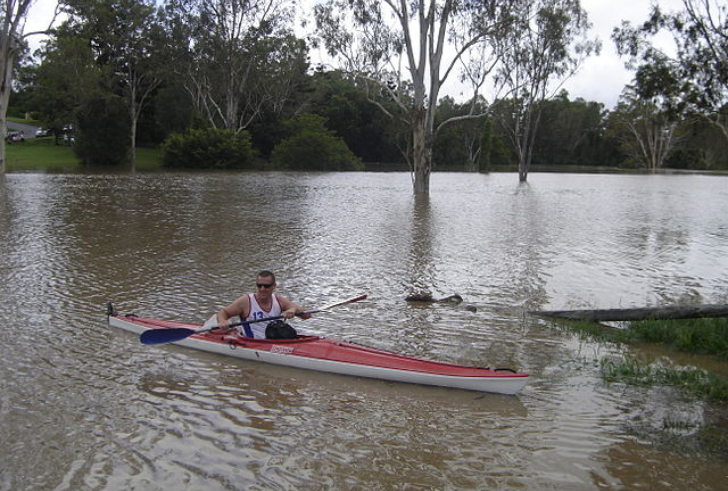
Filter it threw a shirt or cloth before drinking.
Both B and C
Boil it for at least 10 minutes.
Its safe enough to drink as long as it is moving and you don’t see to much floating in it.
You follow the evacuation instructions strictly and leave the disaster area, but you soon encounter water that appears to be covering the road for the next 100 feet. Now, what would you do next?
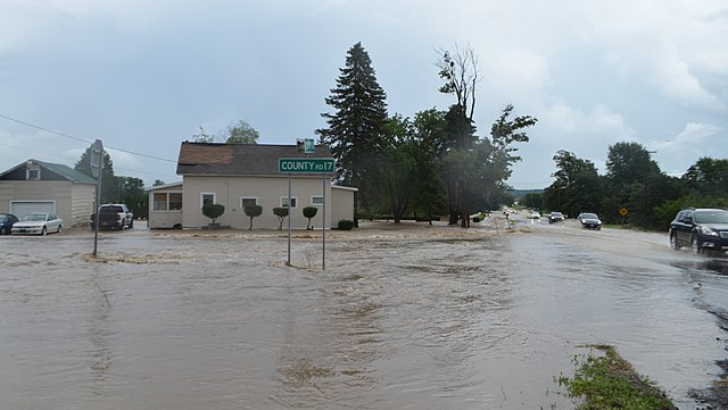
Drive quickly through the water to avoid losing momentum and stalling out.
Drive through the water slowly so you can back up if it gets too deep.
Leave your car behind and cross the water to the opposite side.
Refrain from walking or driving through flood waters and find an alternate route.
What is the best way to get assistance if you are trapped on your roof during a flood?
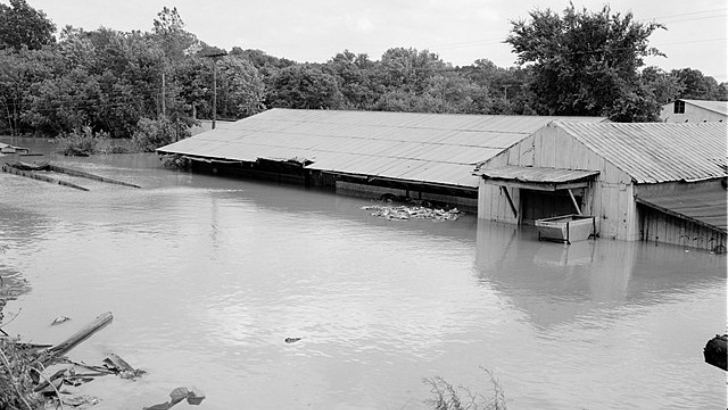
Send the strongest member of your group for help.
Start a small fire.
Wave your arms back and forth if you see rescuers.
Hold your arms out in a v shape and do not wave your arms around.
What should you do if you come across someone sunk in floodwaters?
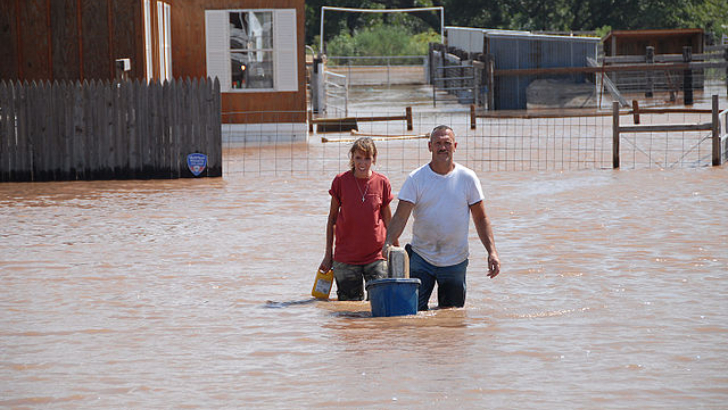
Provide them with some sort of flotation device without entering the waters yourself.
Make sure they stay calm
Seek assistance.
All of the above
What should you do when you get home and discover your neighbor’s dog running loose?
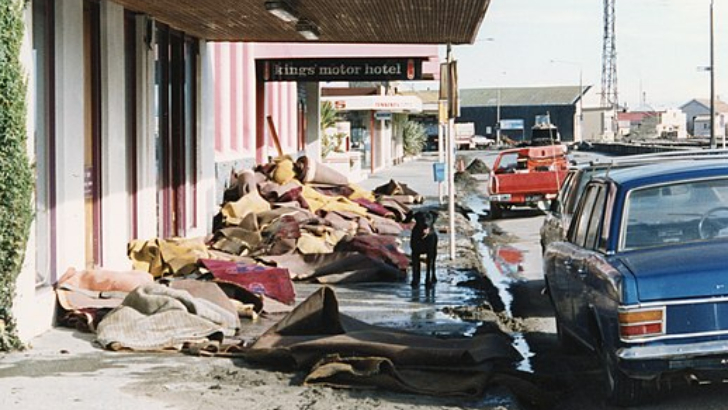
Chase it off.
Find a weapon.
Try to catch them for your neighbor.
Keep your distance and contact a professional.
According to the weather station, some flooding will occur in your area within the next 24 hours. What would you do?
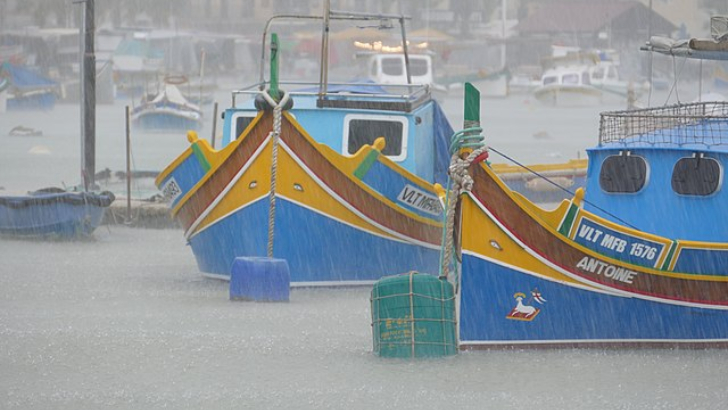
Create or replenish your emergency supply kit with cash, first aid supplies, fresh water, flashlights, and other practical items.
All of the above.
Figure out where to go should flooding occur.
Turn on your TV or radio and follow weather updates.
If there is no water pressure, where can you find clean water in your home?
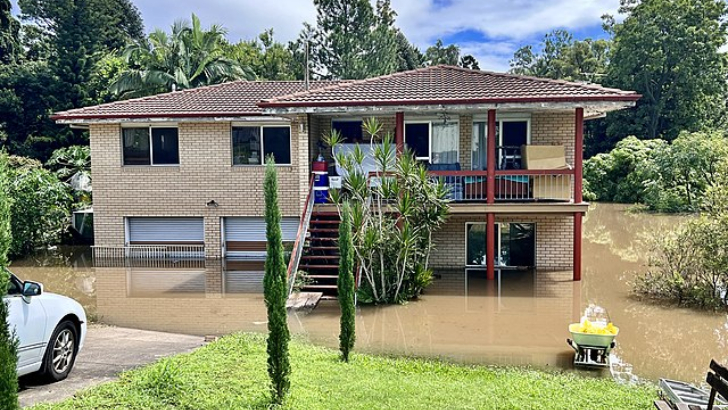
The tank behind the toilet.
The lowest place in the house’s water piping.
The hot water heater.
All of the above.
Is it real or not? If you catch fish during the flood from your roof, you can eat them.
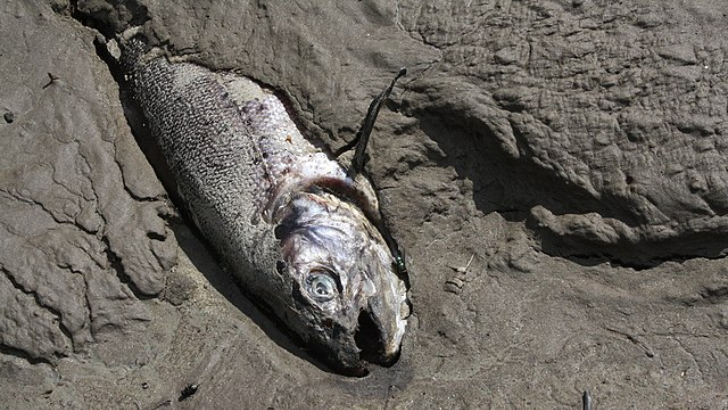
Yes it’s real, if you grill it
Yes it’s real, if you wash it properly
Definitely not real
Perhaps, depending on the situations.

Unfortunately, you failed this quiz! 😕
Even though you didn’t pass the quiz, you did learn a lot nonetheless.

You did receive a satisfactory score! 😉
But you can accomplish better the next time.

You had no difficulty taking this quiz. Truly incredible! 👏
You just proved that you are prepared to survive floods.
[giveaway id=12098]

